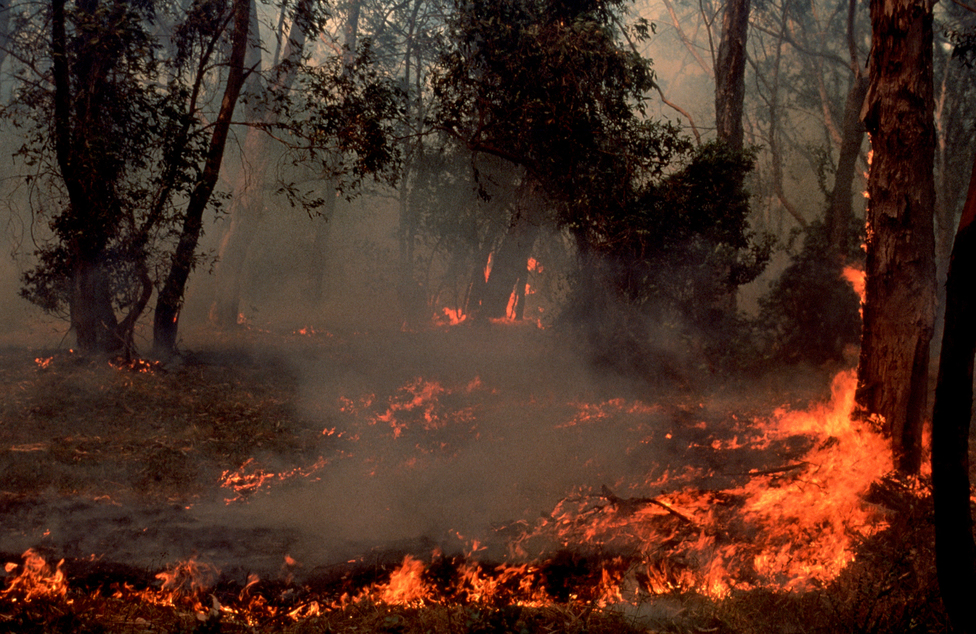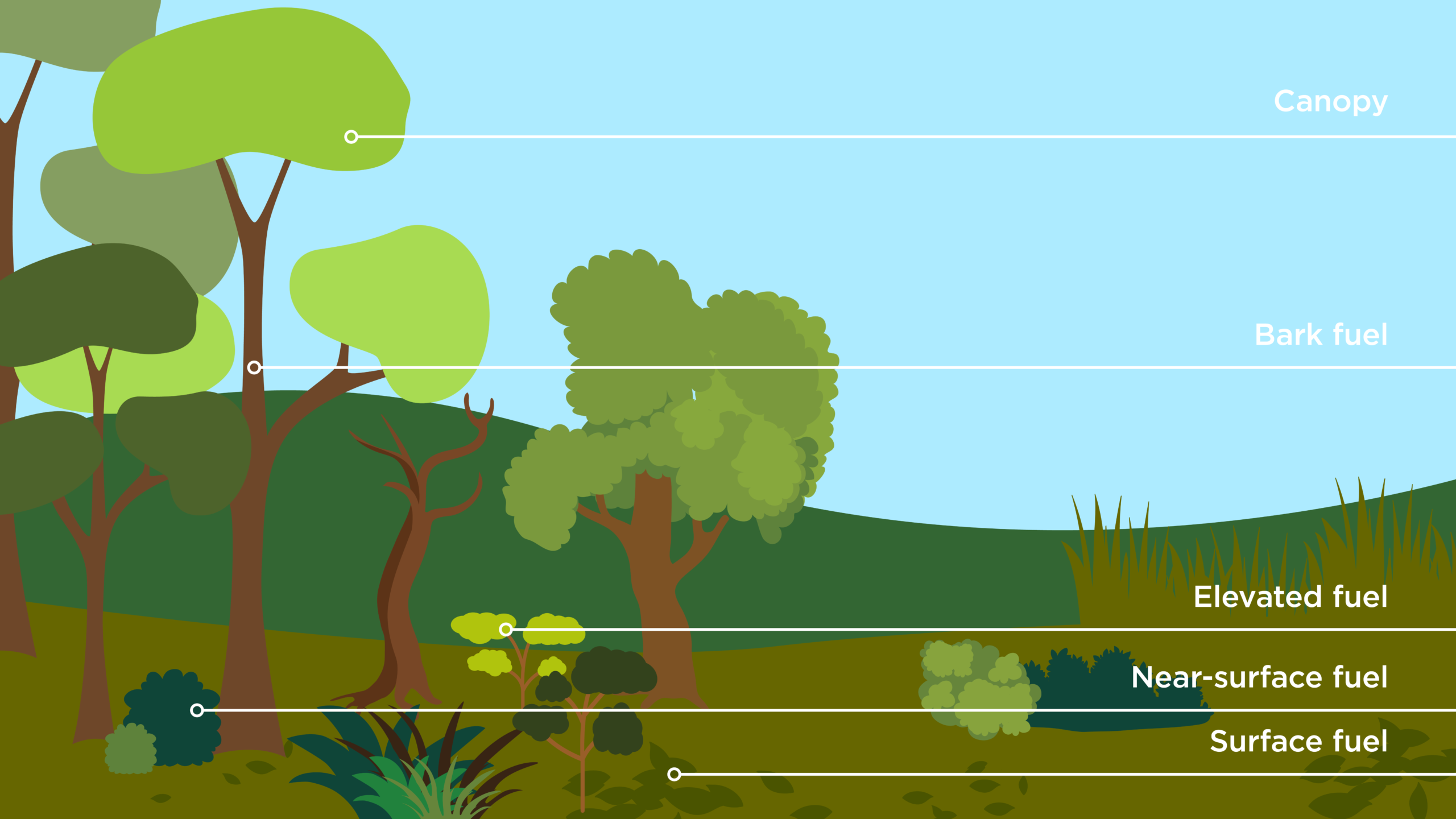
Bushfire has been part of the Australian landscape for millions of years. Much of our vegetation has evolved with fire, and like the vegetation in other harsh and dry environments, it has developed characteristics that promote the spread of fire.
Understanding how bushfires work is important when it comes to protecting life and property.
Did you know reducing trees in forested areas can actually increase the speed at which fires can travel? Or that ember attacks don’t always travel with the wind?
We spoke to our bushfire expert Dr Justin Leonard to uncover some of the biggest myths and misconceptions about bushfires. Dr Leonard has decades of experience in understanding how we can manage bushfire risk to life and infrastructure.
Myth 1: The speed of a fire is best slowed by reducing trees
Fires fronts move faster in thinned forest and open grasslands. This is because the wind speed experienced at the surface fuels is higher. However, under certain bad fire weather conditions, ember spotting ahead of an advancing fire front can dominate the rate of spread of a fire.
Reducing fine fuel (dead material thinner than a pencil and live material thinner than a match) has the biggest influence on slowing the rate of spread of a conventional flame-front driven bushfire.
Myth 2: Houses not directly near bushfires are safe
Embers can travel hundreds of meters from their source. Many houses are lost due to embers lighting fine fuel which then ignite nearby structures or combustible elements. For example, timber retaining walls near a house, with their radiant heat igniting the house.
Myth 3: Embers only arrive from the direction of the prevailing wind
Embers are wind driven. However, the wind direction experienced at ground-level out in the open at a certain time is not a good prediction method. Wind strength and direction can change at any moment. Additionally, higher altitude winds can also affect where embers travel. Many accounts describe multiple wind directions changes during a fire event, including towards the prevailing wind.
Myth 4: Crown (canopy) fires start when trees self-combust from internally-stored heat
Crown fires rely on fine fuel to burn. Embers ignite fine fuel on the ground that spreads via a ladder of other fine fuel to ignite the canopy of a tree. The fire can then spread as a running crown fire when there is a high amount of surface and elevated fuels present.
Crown fires in eucalypt forests are nearly always associated with uphill runs of fire.
Once a crown fire is burning it cannot continue if the fire passes over an area where there is insufficient surface fuels to project flame into the crown.

Myth 5: Bushfires and ladders. The only connection is using a ladder to clean gutters
The configuration of various plants comprising fine fuel provides a ladder. A ladder is path for a fire near the ground to ignite the canopy of a tree. If there is plenty of fuel, the fire can spread to the canopy creating a crown fire. Cypress hedges for example are a continuous ladder of fuels from the ground to the top of the tree.
Myth 6: Leaves are the major source of embers
The bark on tree trunks is the main source of embers. Other fine fuel such as leaves, and seed pods also produce embers.
Remember, you can never be 100 per cent safe from bushfire. To learn more about bushfire prevention and response in your area, contact your local fire authority. If you are in an emergency situation, please call 000.
CSIRO is an Australian authority on fire management, behaviour and prediction. We provide training to all state fire agencies to better understand and manage bushfires.


3rd November 2020 at 2:47 pm
Sadly, this article shows the politicisation of the CSIRO. In my 70 years, I’ve never heard anyone ever talk about these 6 myths. They simply are not myths. They seem to be nothing more than inventions by someone at the CSIRO dsigned to make them look all-knowing on bushfire issues when, in my mind at least, the article displays their ignorance.
6th January 2020 at 1:43 pm
I don’t think there will be a correlation betwen Australian CO2 emissions by themselves and bush firs. It is global emissions and CO2 rise that affects entire sea mass temperatures, causing heating or cooling of entire global zones. Like the Indian Ocean Dipole (IOD) that causes wet in Africa and dry in Australia when the central mass of the Indian Ocean heats up. Increased global CO2 means that the IOD will heat up more often, and Austalia will be drier on average. Drier Ausralia is a tinderbox for fires to start. I may be wrong, but this is my understanding.
3rd January 2020 at 10:41 am
I suggest a Brush Turkey for every area!!!… our bush Turkey has cleaned our rear dry creek area for many years, every year of leaf litter and sticks. In the process he gets to build his nest and attract a harem of females… no need for fuel reduction here… a win, win for both of us.